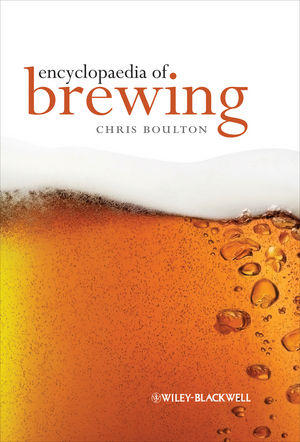Adding value to beverages important part of supply chain
Warehouse handling, promotions don’t contribute to value

Across the total beverage spectrum, the results in volume, market share and profit have been less than desirable for the past three to five years at least. Many factors have affected increases and decreases; however, the cost of producing a case of sellable beverages for the market begs a major question: what is the total production cost for each case?
In most industries today, the required operations are detailed in supply chain dialogue that covers most phases but it usually is focused on distribution. Challenges and real-time problems frequently are described, outlining solutions and management philosophies about how the supply chain works. Many positions have been made about the nomenclature of the supply chain and its differences based on the industry. However, in any scenario, there is a beginning and an ending to supply chain costs, regardless of the industry.
Whatever conditions are involved, some basic and fundamental cost-incurring tasks occur and should be evaluated when formulating the overall cost/price structure of a beverage. In the beverage supply chain, the division of tasks is very clear.
From an operations perspective, specific tasks add value to a product that eventually is sold for profit. To realize a desired profit on a product, the cost of adding value becomes an important factor that should be identified and controlled.
Sounds like 101, but in discussions and experiences, volume, cost and consumer appeal have made it obvious that added value is an important part of the supply chain. It is important in the beverage market because a large portion of value is added at the processing and packaging/production phases of the supply chain. Does value added end at some point, and, if it does, what is the “down the line” effect?
The issue of adding value becomes increasingly significant for beverage producers because the industry has experienced downturns, and costs are, once again, being given priority attention. The condition raises the basic question (lost in the supply chain discourse): what does it cost to produce a sellable case of beverages? Certainly the absence of such an important cost-per-case issue can be debated and questioned; nevertheless, that cost, which adds value to the product, must be succinctly identified and controlled.
A logistical approach makes it clear and stresses the importance of the “value added” issue.
During raw material processing, mixing, formulating or other operations, value is being added to the product being prepared for final sale. In all beverages, processing in some form takes place, some where.
Once basic processing is finished, quality and other checks should be performed, which might include ingredient additions, filtration or timed intermediate storage, the product continues to have value added while becoming finished for sale.
Because most beverages are not sold in bulk, the next step moves product from storage to the production/packaging lines.
The packaging aspect of adding value always has been a highly contested area. How much value can or should be added at this point to make the product economically feasible?
The analysis starts with the container, the closure, the label (if required) and the package itself (board wrap, shrink film, plastic handles or baskets), which all are intended to add value to the product.
This might be the final step for adding value for consumer appeal, but not for the producer because the units must continue along the supply chain to the distribution point for sale; therefore, most unit packaging is further placed in plastic cases (shells), board cases or board trays.
For the producer, the final step is an added cost, but is value added? Actually, it is not. Therefore, adding value to beverage cases, in reality, ends with the packaging that will be seen by the consumer in the marketplace.
At this point, in many beverage operations, the units and/or cases are palletized for further handling through the operations of warehousing, pre-distribution (order picking, staging, loading), and product distribution to retail or wholesale outlets to complete the supply chain cycle. It is important to recognize that once beverage products are at this stage, there is no real value added to the product. Promotions, discounts and other types of incentives to entice the customer don’t add value to the product.
The beverage producer makes an investment in producing every case for sale. That investment is the value that has been added — the expected result is a return on that investment.
From the warehouse to the marketplace, handling beverage cases is an expense and adds no value to the product. The ultimate is consumer purchase at the end of the production line — no handling charges. BI
Looking for a reprint of this article?
From high-res PDFs to custom plaques, order your copy today!







